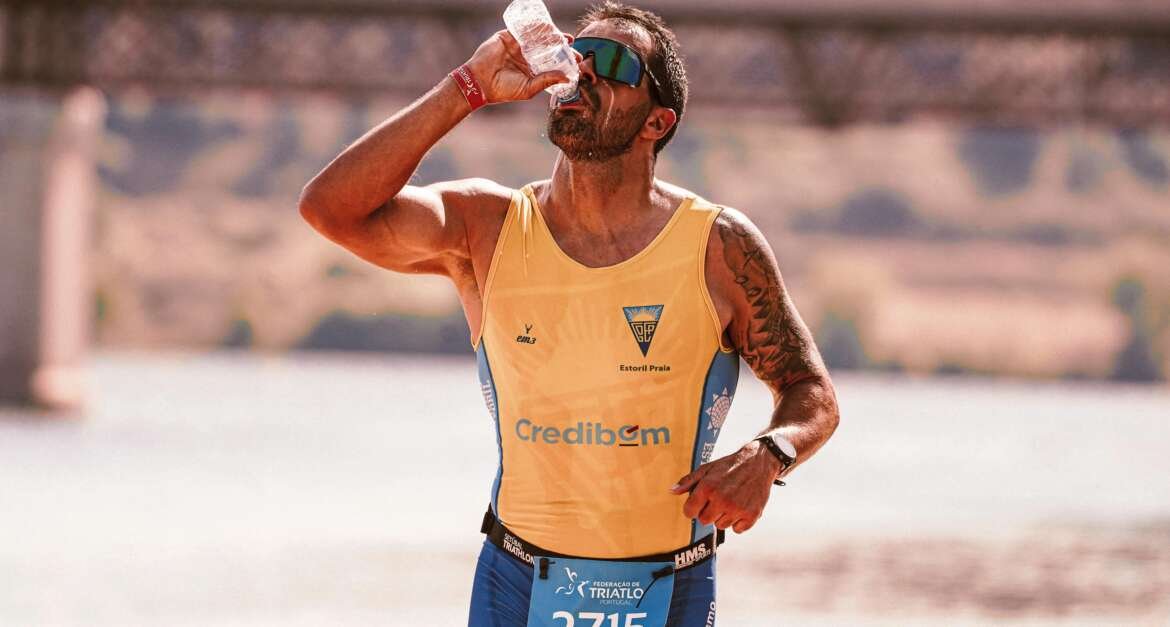My family and I just moved from the OC, and I felt compelled to write an article on this topic. We’ve been experiencing temperatures of 42° C (Sorry, I’m Canadian) or 107° F in our new area.
High temperatures can significantly impact various bodily functions and overall health. From dehydration to heat stroke, the immediate and apparent effects of extreme heat are well-known. However, what might be less understood is the impact of high temperatures on bones and joints. As an orthopedic sports surgeon, I’ve observed various ways in which prolonged exposure to heat can influence musculoskeletal health, particularly in athletes and active individuals. This article delves into the intricate relationship between high temperatures and the health of bones and joints.
The Physiology of Heat and Its Effects on the Body
To understand how heat affects bones and joints, it’s essential to grasp the broader physiological impacts of high temperatures. When the body is exposed to heat, it initiates several responses to maintain homeostasis:
- Increased Blood Flow to the Skin: To dissipate heat, blood vessels in the skin dilate, increasing blood flow to the surface.
- Sweating: The body’s primary cooling mechanism involves sweating, where evaporating sweat cools the skin and blood.
- Dehydration: Prolonged sweating without adequate fluid replacement leads to dehydration.
- Electrolyte Imbalance: Sweating results in the loss of essential electrolytes, such as sodium, potassium, and calcium.
These physiological responses, while aimed at cooling the body, can have downstream effects on bones and joints.
Dehydration and Joint Health
Dehydration is a significant concern in high temperatures and can have direct implications for joint health. Synovial fluid, which lubricates joints, is composed primarily of water. Adequate hydration is crucial to maintaining the volume and viscosity of this fluid. When dehydration sets in:
- Reduced Synovial Fluid: Dehydration can lead to a decrease in synovial fluid, resulting in increased friction between joint surfaces.
- Joint Stiffness and Pain: The reduction in lubrication can cause joints to become stiff and painful, particularly in weight-bearing joints like the knees and hips.
- Increased Risk of Injury: Athletes and physically active individuals are at higher risk of joint injuries such as sprains and strains when dehydrated, as the joints are less protected and more prone to damage.
Heat and Bone Health
While bones are not as directly affected by dehydration as joints, high temperatures can still influence bone health through several mechanisms:
- Electrolyte Imbalance: Calcium is a critical electrolyte for bone health. Heat-induced sweating can lead to significant calcium loss, potentially impacting bone density over time. Chronic electrolyte imbalance can weaken bones, making them more susceptible to fractures.
- Vitamin D Synthesis: Paradoxically, while sunlight exposure is necessary for vitamin D synthesis, excessive heat can discourage outdoor activity, leading to reduced sunlight exposure and lower vitamin D levels. Vitamin D is crucial for calcium absorption and bone health.
- Bone Remodeling: High temperatures can influence the body’s hormonal balance, potentially affecting the bone remodeling process. Hormones such as parathyroid hormone (PTH) and calcitonin, which regulate calcium levels and bone metabolism, can be disrupted by heat stress.
Impact on Athletes and Active Individuals
Athletes and those who engage in regular physical activity are particularly vulnerable to the effects of high temperatures on bones and joints. The combination of intense physical exertion and heat exposure can exacerbate dehydration and electrolyte imbalance, increasing the risk of joint and bone injuries.
- Increased Joint Stress: High-impact activities, common in sports, place additional stress on joints. When coupled with dehydration, the risk of joint damage and pain is elevated.
- Delayed Recovery: Heat can affect muscle recovery, leading to prolonged soreness and stiffness. This delayed recovery can strain joints as muscles are less able to support and stabilize them.
- Performance Decline: Dehydration and heat stress can impair physical performance, leading to altered biomechanics and an increased risk of injuries, including stress fractures and joint injuries.
Preventive Measures and Management
Given the potential impact of high temperatures on bones and joints, it’s crucial to adopt preventive measures and effective management strategies, especially for athletes and individuals engaging in outdoor activities.
- Hydration: Maintaining adequate hydration is paramount. Drink water regularly and consider electrolyte solutions to replenish lost minerals, especially during prolonged activities in the heat.
- Gradual Acclimatization: Gradually acclimate to high temperatures to allow the body to adapt. This process can improve thermoregulation and reduce the risk of heat-related musculoskeletal issues.
- Appropriate Clothing: Wear light, breathable clothing to facilitate cooling and reduce heat stress.
- Scheduled Breaks: Incorporate regular breaks to cool down and hydrate, particularly during strenuous activities.
- Nutrition: Ensure a balanced diet rich in calcium and vitamin D to support bone health. Consider supplements if necessary, but consult with a healthcare professional.
- Protective Gear: Use appropriate protective gear to minimize joint stress and prevent injuries during physical activities.
- Heat-Avoidance Strategies: Plan outdoor activities during cooler parts of the day and avoid peak heat periods whenever possible.

Conclusion
High temperatures pose a unique challenge to maintaining musculoskeletal health. I’ve seen firsthand the detrimental effects of heat on bones and joints, particularly among athletes and active individuals. Understanding the physiological responses to heat and implementing preventive strategies can mitigate these risks and promote overall musculoskeletal health. By prioritizing hydration, proper nutrition, and gradual acclimatization, individuals can enjoy their activities while safeguarding their bones and joints against the adverse effects of high temperatures.
